Berlin pulses with energy unlike any other European capital, blending historical significance with avant-garde culture. The city’s diverse neighborhoods each offer a distinct flavor of bustling activity, from dawn-to-dusk café cultures to all-night club scenes and everything in between.
Whether you’re drawn to artistic communities, culinary adventures, or shopping havens, Berlin’s vibrant districts deliver unforgettable experiences. The German capital has transformed dramatically since reunification, with once-forgotten neighborhoods now thriving as cultural hotspots.
Here is a list of 15 Berlin neighborhoods where you’ll find the energetic atmosphere you’re craving.
Kreuzberg
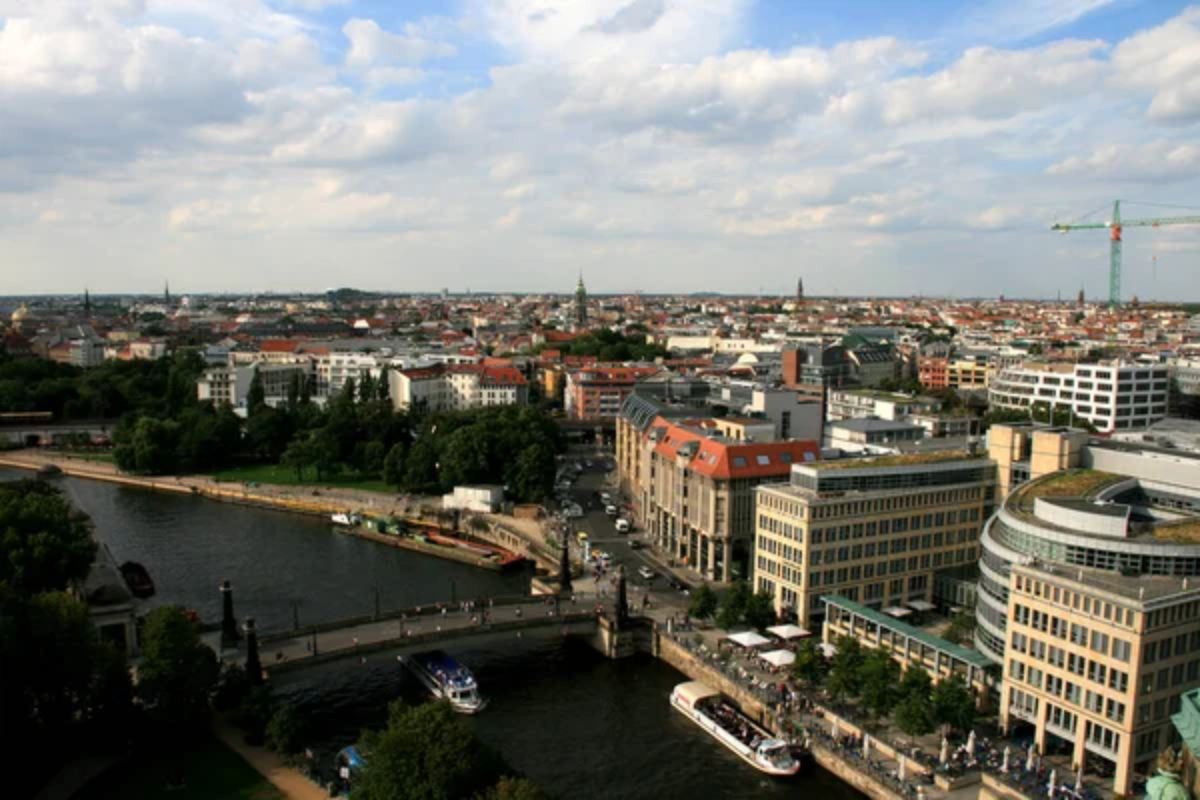
Once a neglected district pressed against the Berlin Wall, Kreuzberg now stands as the epitome of Berlin’s alternative spirit. Turkish markets and punk rock venues sit alongside third-wave coffee shops and Michelin-starred restaurants in this impossibly diverse neighborhood.
Weekends bring throngs of people to Görlitzer Park and the banks of the Landwehr Canal, where impromptu gatherings continue well into the evening. The neighborhood particularly comes alive during May Day (May 1st) celebrations, when street festivals transform the area into one massive outdoor party.
Neukölln
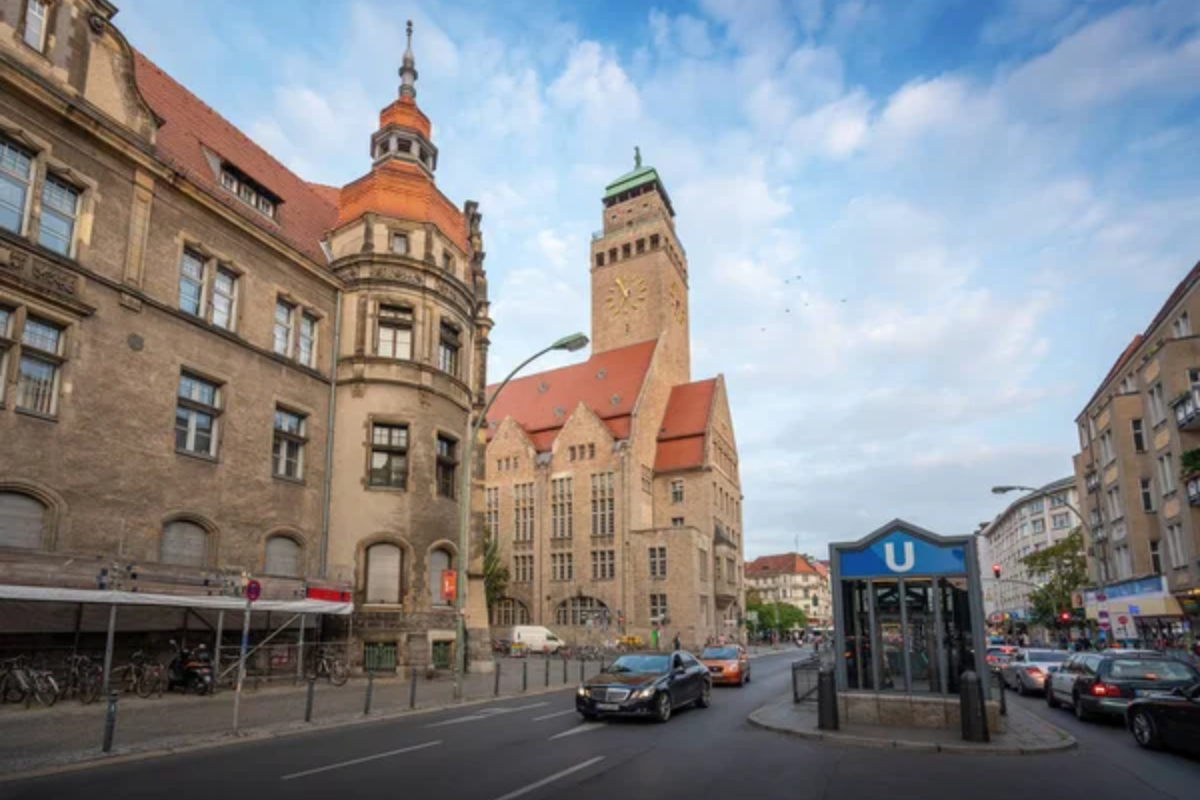
What was once a working-class immigrant neighborhood has evolved into Berlin’s most rapidly gentrifying district without losing its multicultural essence. Weserstraße forms the beating heart of the area with its sequence of bars, cafés, and boutiques that stay packed with trendy twenty-somethings late into the night.
Sonnenallee, nicknamed “Arab Street”, offers some of the city’s most authentic Middle Eastern cuisine amid a cacophony of languages and music spilling from storefronts. Despite the influx of artsy newcomers, Neukölln maintains its gritty charm and affordability—for now.
Like Travel Pug’s content? Follow us on MSN.
Mitte
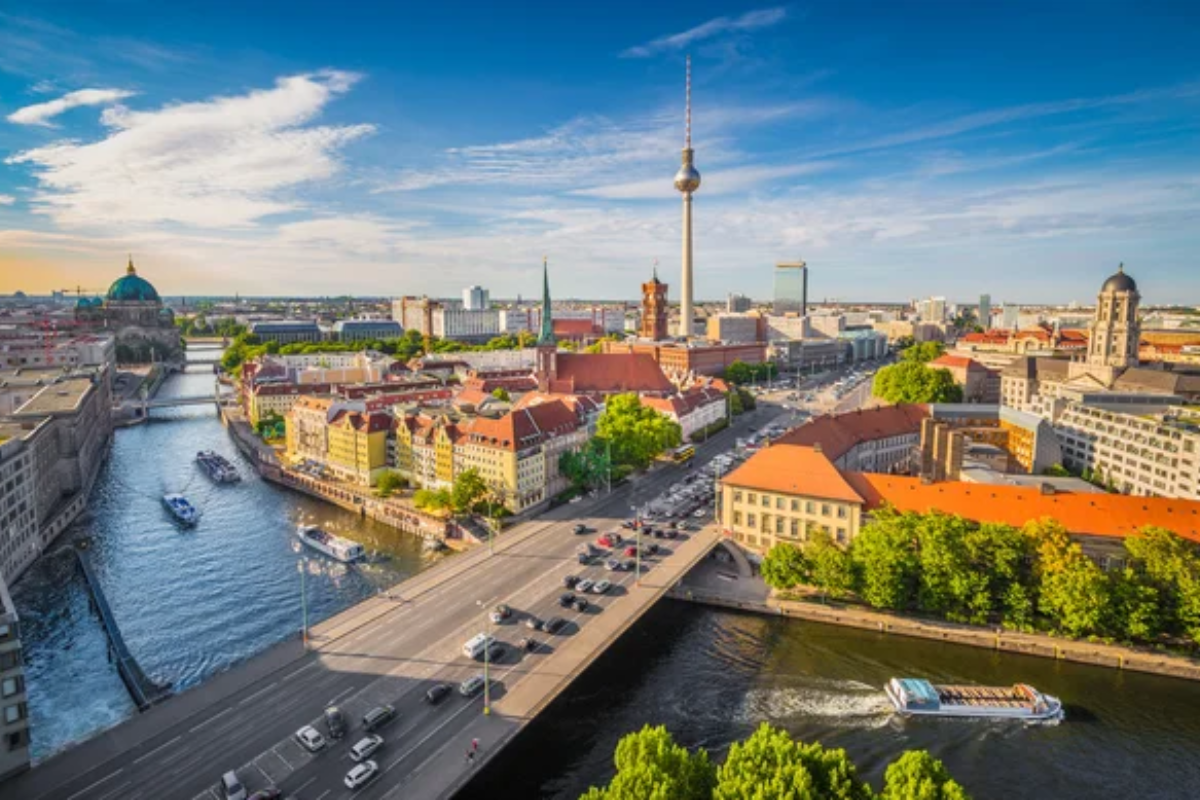
The historic center of Berlin combines governmental grandeur with cutting-edge cultural institutions and luxury shopping. During business hours, workers in suits hurry between gleaming office buildings and lunch spots while tourists flock to Museum Island and Brandenburg Gate.
As evening approaches, the area around Hackescher Markt transforms into a playground of upscale restaurants and cocktail bars filled with well-heeled Berliners. Despite its sometimes buttoned-up appearance, Mitte delivers constant activity and serves as Berlin’s geographic and cultural crossroads.
Friedrichshain
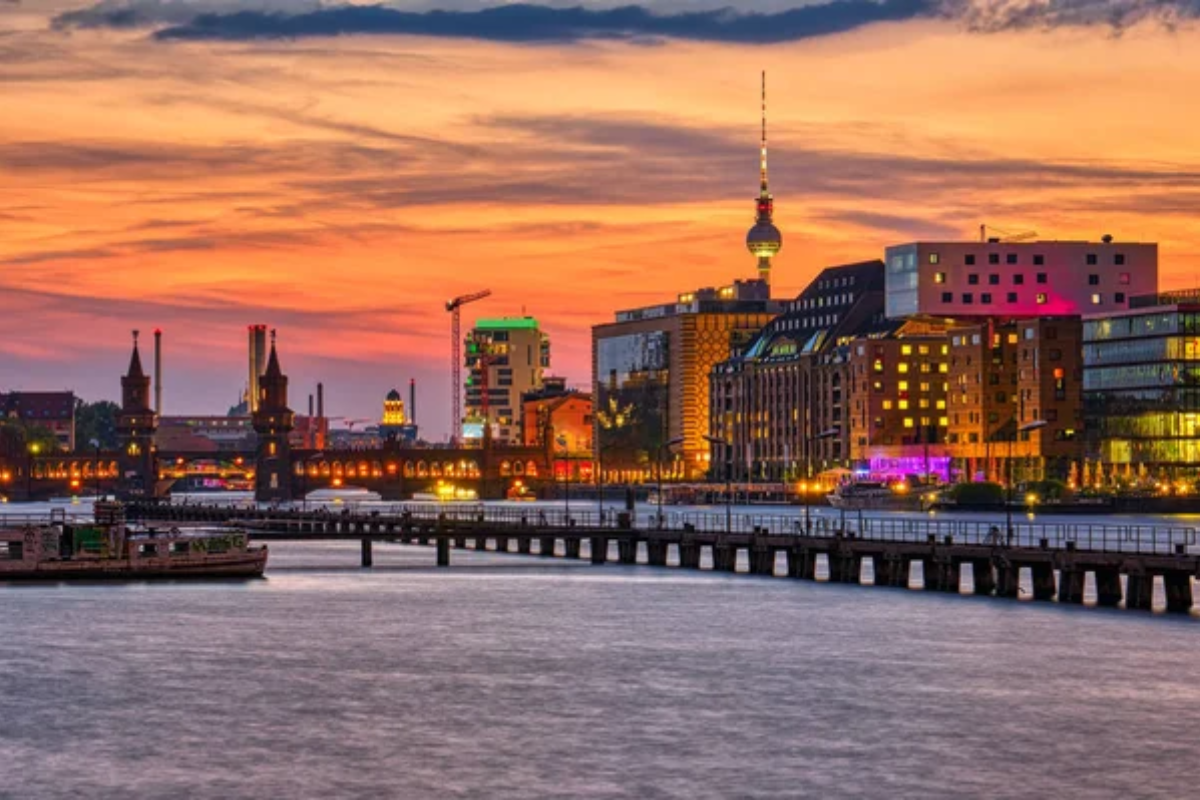
Friedrichshain’s reputation revolves around its legendary nightlife, centered on the monolithic clubs along the Spree River—including the world-famous Berghain. Yet daylight reveals a neighborhood equally vibrant with vintage shops, record stores, and an exceptional food scene along Boxhagener Platz.
Sunday mornings bring one of Berlin’s best flea markets, where hungover club-goers mix with families browsing antiques and handmade goods. The imposing Soviet architecture of Karl-Marx-Allee provides a stark contrast to the neighborhood’s otherwise youthful energy.
Prenzlauer Berg

Once the epicenter of East Berlin’s dissident culture, Prenzlauer Berg has matured into the city’s most family-friendly trendy district. Beautifully restored pre-war buildings house endless brunch spots and boutique shops around Kollwitzplatz and Helmholtzplatz, where parents sip flat whites while children play in meticulously maintained playgrounds.
Weekends see the sidewalks filled with farmers’ markets and food festivals that draw visitors from across the city. While some Berliners mock its bourgeois transformation, the area’s charm and vitality remain undeniable.
Like Travel Pug’s content? Follow us on MSN.
Wedding
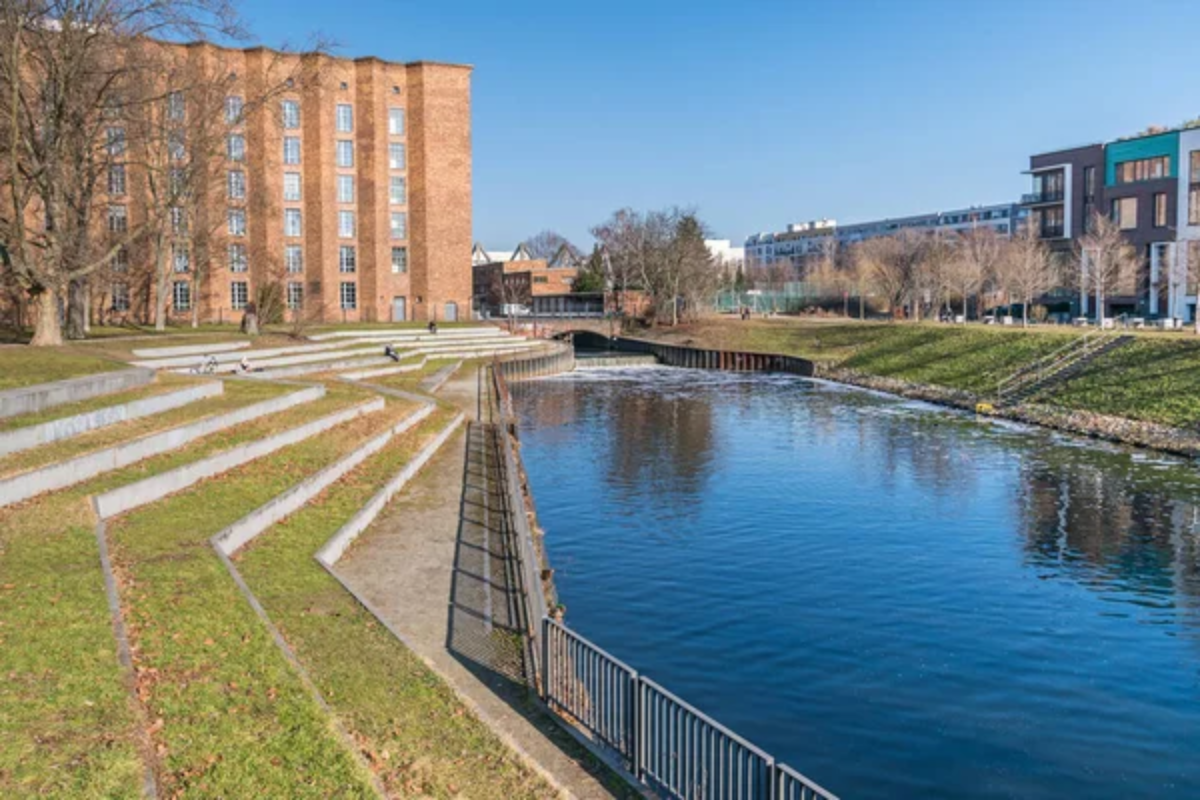
Long predicted as “the next big thing” in Berlin, Wedding maintains a refreshingly authentic character compared to its more gentrified counterparts. The neighborhood’s industrial heritage remains visible in repurposed factories now hosting cultural events and artist studios.
Leopoldplatz serves as the community hub where Turkish tea houses operate alongside hipster beer gardens in unlikely harmony. The district’s affordability continues to attract creative types priced out of trendier areas, gradually adding new energy without erasing its working-class foundations.
Schöneberg
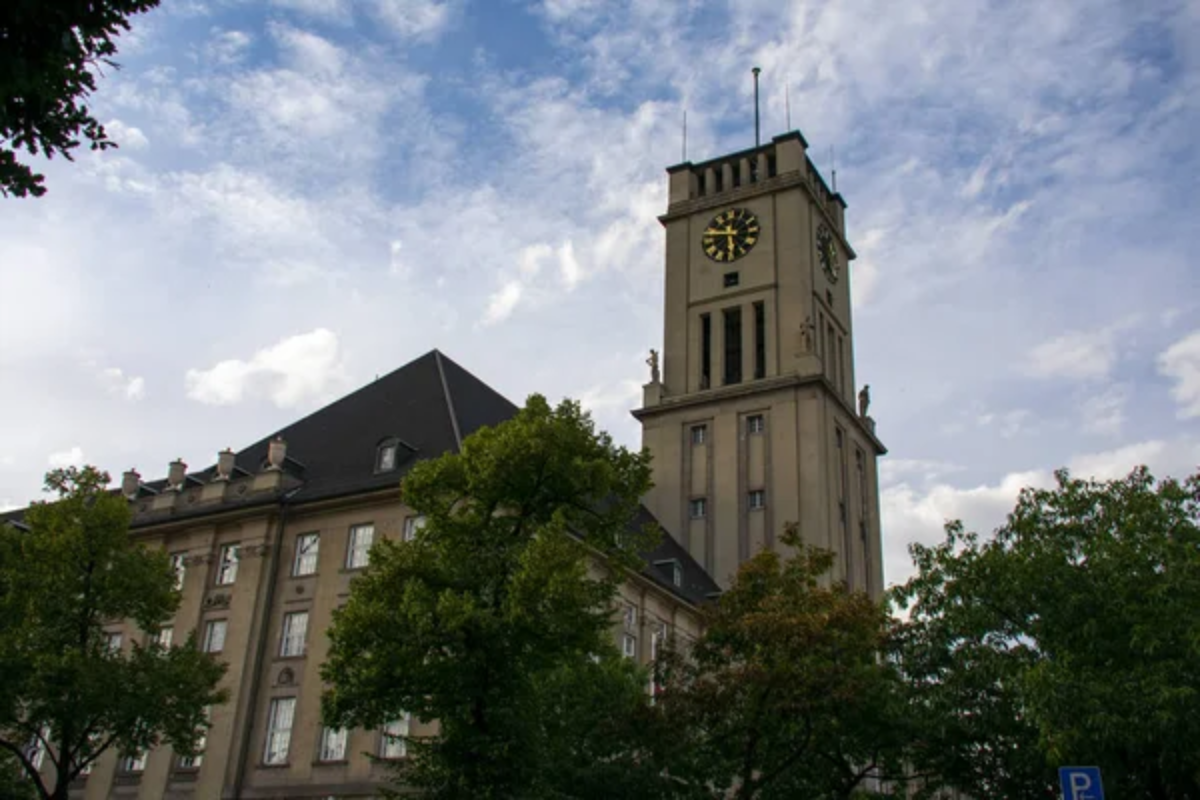
Schöneberg carries a storied legacy as the heart of Berlin’s LGBTQ+ community since the Weimar era. Nollendorfplatz maintains its status as a queer landmark, while the adjacent streets host the city’s most established gay bars and clubs.
The neighborhood blends this progressive history with upscale residential streets and the lively Turkish market on Winterfeldtplatz. David Bowie and Iggy Pop once called these streets home during their Berlin period, and that artistic legacy continues in the area’s gallery scene and performance spaces.
Charlottenburg
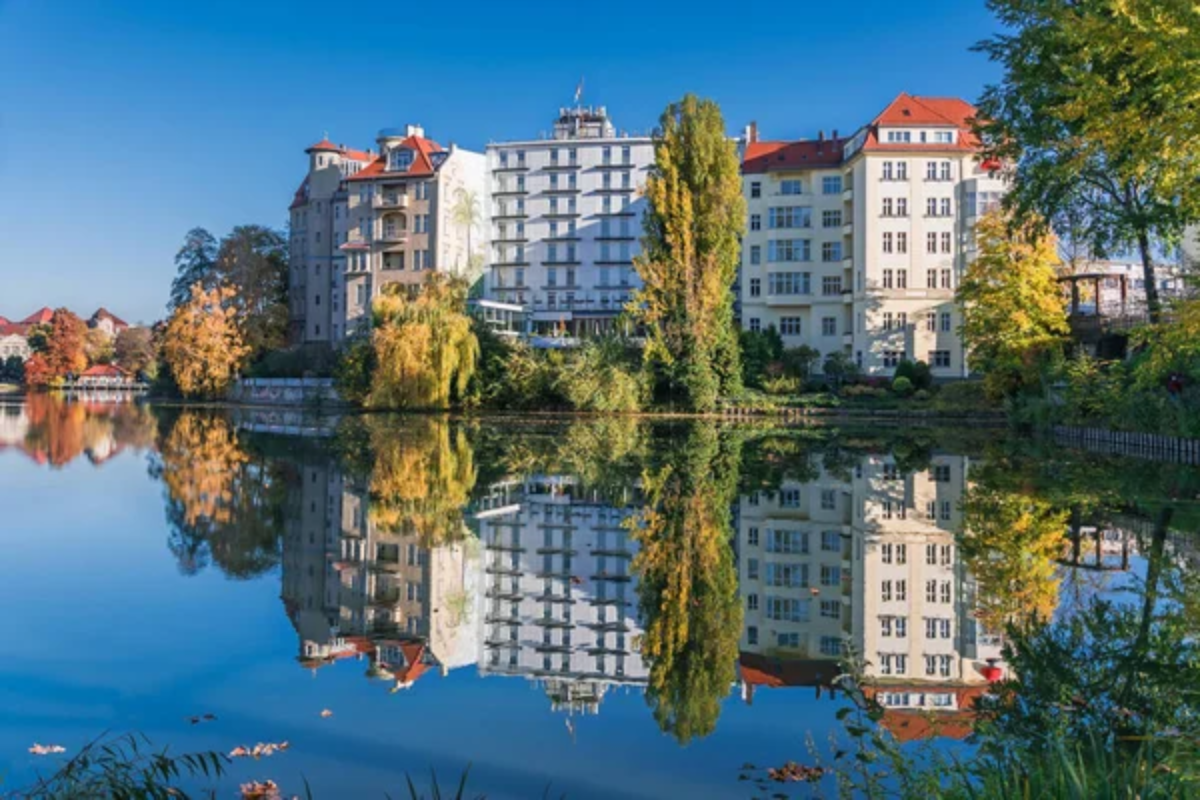
West Berlin’s grand dame neighborhood offers a sophisticated alternative to the raw energy found in eastern districts. The opulent Charlottenburg Palace grounds give way to tree-lined boulevards housing high-end department stores and restaurants around Savignyplatz.
The district buzzes with a more mature clientele, particularly during intermissions at the Deutsche Oper or before performances at the Theater des Westens. While lacking the edginess of Kreuzberg or Neukölln, Charlottenburg’s refined bustle provides a glimpse into Berlin’s wealthier, more established social scene.
Like Travel Pug’s content? Follow us on MSN.
Moabit

Surrounded by water on three sides, Moabit feels like an island of authenticity amid Berlin’s rapidly changing landscape. The massive Tiergarten frames its southern edge, while the district’s interior reveals a fascinating mix of government buildings, courthouses, and diverse residential streets.
The covered market at Arminiushalle has transformed into a culinary destination without losing its neighborhood character. Moabit’s central location and excellent transportation connections make it increasingly popular with younger Berliners seeking more affordable alternatives to nearby Mitte.
Lichtenberg
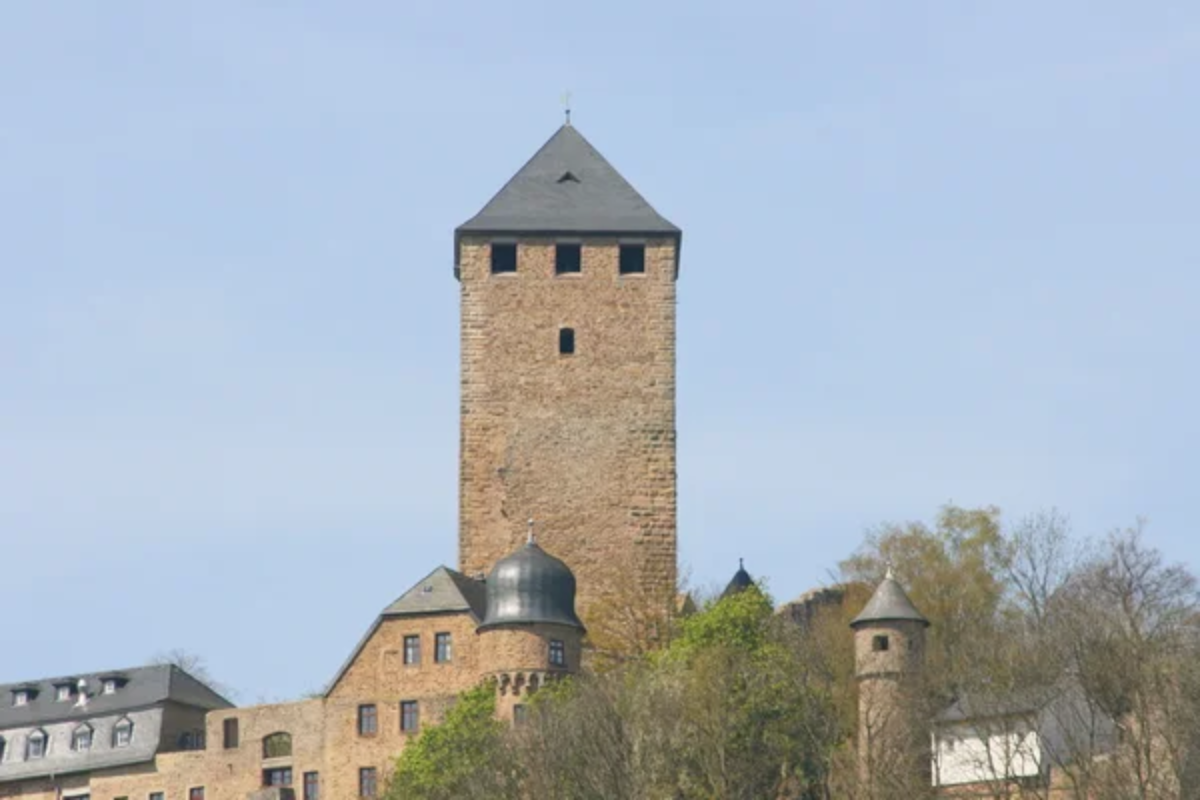
Far from tourist itineraries, Lichtenberg offers a glimpse into everyday Berlin life beyond the hipster hotspots. Soviet-era housing blocks dominate the landscape, but between them lie surprising pockets of activity—particularly around the rapidly developing Dong Xuan Center, Berlin’s largest Asian market.
Weekend flea markets draw bargain hunters from across the city, while former industrial spaces increasingly host underground music events. Though lacking the postcard prettiness of central districts, Lichtenberg rewards visitors with authentic local experiences and cultural diversity rarely found in guidebooks.
Wrangelkiez

This micro-neighborhood within Kreuzberg deserves special mention for packing extraordinary energy into just a few blocks. Centered around Schlesisches Tor station, Wrangelkiez connects the lively Oberbaumbrücke area with Görlitzer Park.
Every storefront seems to hold a bar, restaurant, or late-night kiosk where people gather at all hours. The streets grow particularly animated during summer evenings when impromptu street parties form and dissolve organically. Despite its small footprint, this area delivers Berlin’s most concentrated dose of youthful exuberance.
Like Travel Pug’s content? Follow us on MSN.
Samariterkiez
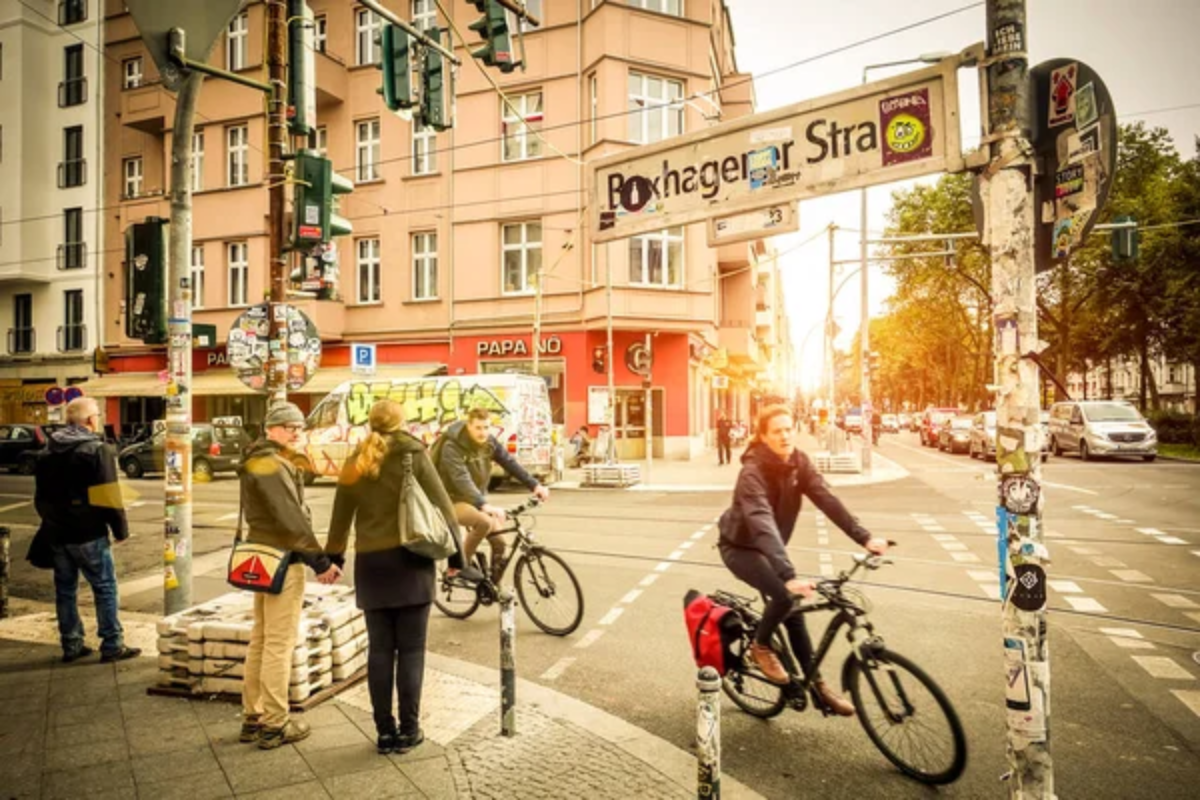
This section of Friedrichshain centered around Samariterstraße has developed its distinct personality separate from the more famous Simon-Dach-Straße party zone nearby. Independent boutiques and café-bars line the side streets, while Boxhagener Platz hosts weekend markets that draw crowds from across eastern Berlin.
Young families and creative professionals have increasingly settled here, creating a neighborhood that balances daytime charm with enough nightlife options to maintain its edge. The area particularly excels in its food offerings, ranging from traditional German taverns to innovative fusion restaurants.
Bergmannkiez

This beloved stretch of Kreuzberg surrounding Bergmannstraße combines old-school West Berlin charm with just enough contemporary coolness. Independent bookshops and record stores that have operated for decades now share the tree-lined streets with third-wave coffee roasters and farm-to-table restaurants.
The beautiful Viktoriapark sits at one end, offering hilltop views over the city and becoming a picnicking hotspot during warmer months. The area maintains a laid-back bustle distinct from the more frenetic energy found elsewhere in Kreuzberg.
Rixdorf
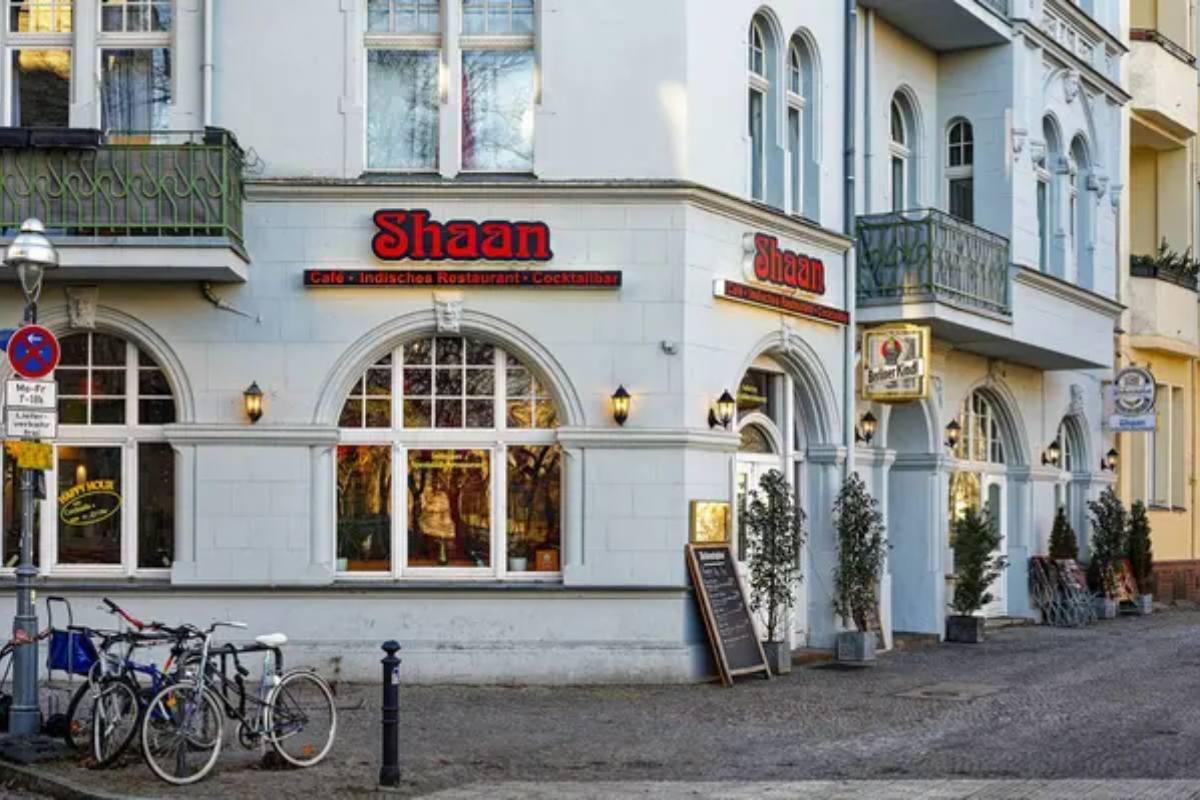
Tucked within Neukölln, historic Rixdorf preserves a village-like atmosphere that contrasts dramatically with the surrounding urban landscape. Centered around Richardplatz, the area features cobblestone streets and restored farmhouses dating back to its origins as a Bohemian settlement.
Today, the district combines this historic charm with modern gathering spots like the popular Körnerpark, where summer concerts draw substantial crowds. During December, the Bohemian Christmas market transforms Richardplatz into a magical throwback to earlier centuries, creating one of Berlin’s most atmospheric seasonal experiences.
Like Travel Pug’s content? Follow us on MSN.
Kottbusser Tor
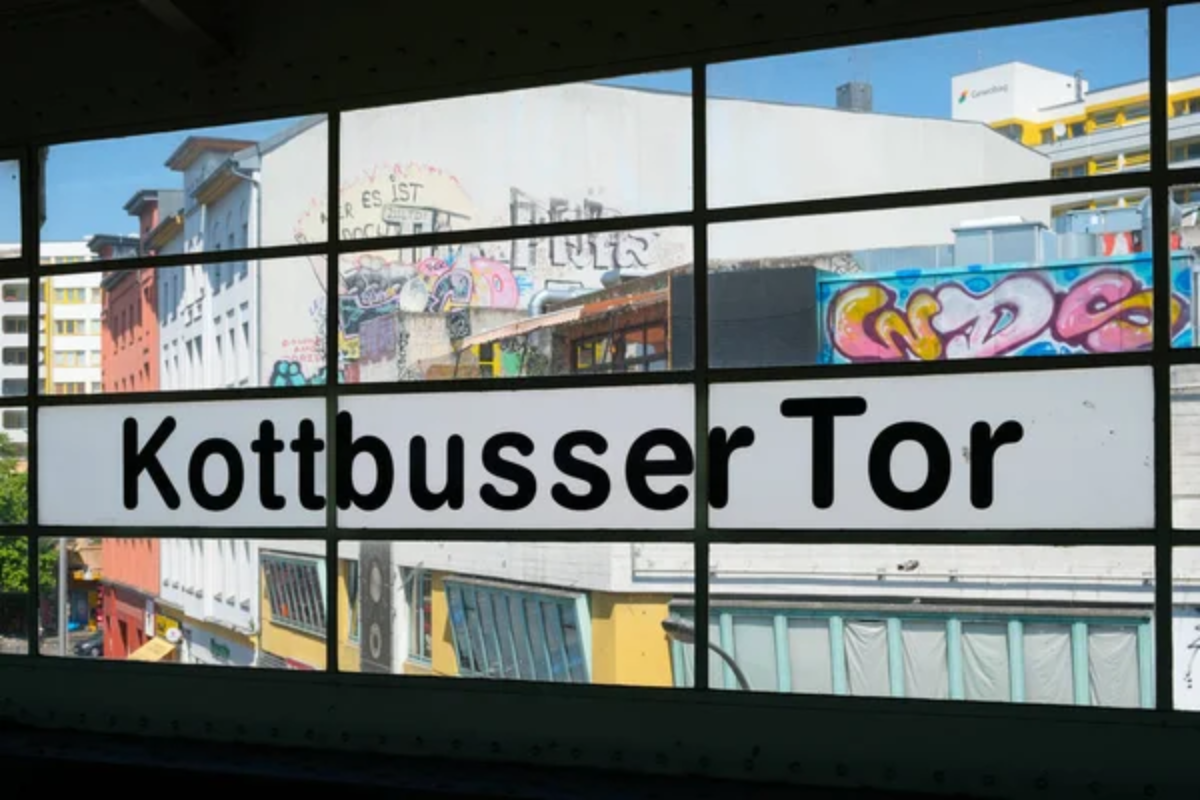
No discussion of Berlin’s bustling neighborhoods would be complete without mentioning “Kotti,” the pulsating intersection that never sleeps. The elevated U-Bahn station forms the center of a 24-hour ecosystem where Turkish restaurants, späti corner shops, and late-night bars create constant movement.
The iconic brutalist housing complex Neue Kreuzberger Zentrum looms over a plaza that serves as an outdoor living room for countless Berliners. While sometimes overwhelming to newcomers, Kotti’s raw energy and cultural mash-up represent Berlin at its most authentic and unfiltered.
Berlin’s Beating Heart
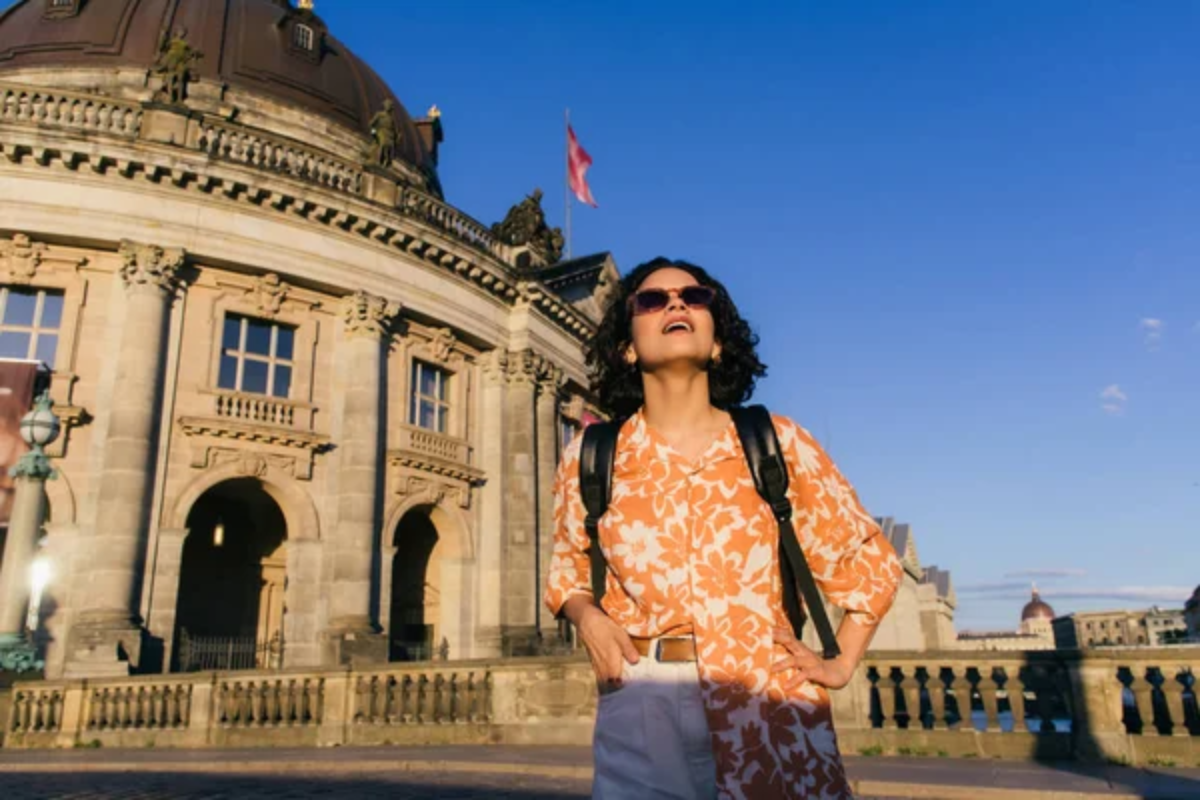
These vibrant neighborhoods reveal why Berlin has earned its reputation as Europe’s most dynamic capital. What makes the city unique isn’t just the presence of bustling districts but their remarkable diversity—from family-friendly markets to legendary nightclubs and immigrant enclaves to hipster havens. Berlin’s particular magic lies in how these different energies coexist, often within blocks of each other, creating a metropolis that truly offers something for everyone seeking urban vitality.
More from Travel Pug

- 20 Towns Built for One Purpose That Were Later Abandoned
- 15 Hidden Spots in Disney World’s Magic Kingdom Most Visitors Miss
- 20 Once-Popular Beach Towns That Are Now Ghostly Empty
- 15 Canyons in the U.S. That Are Just as Stunning as the Grand Canyon
- 10 Under-the-Radar Mountain Towns That Are Both Affordable and Beautiful
Like Travel Pug’s content? Follow us on MSN.
